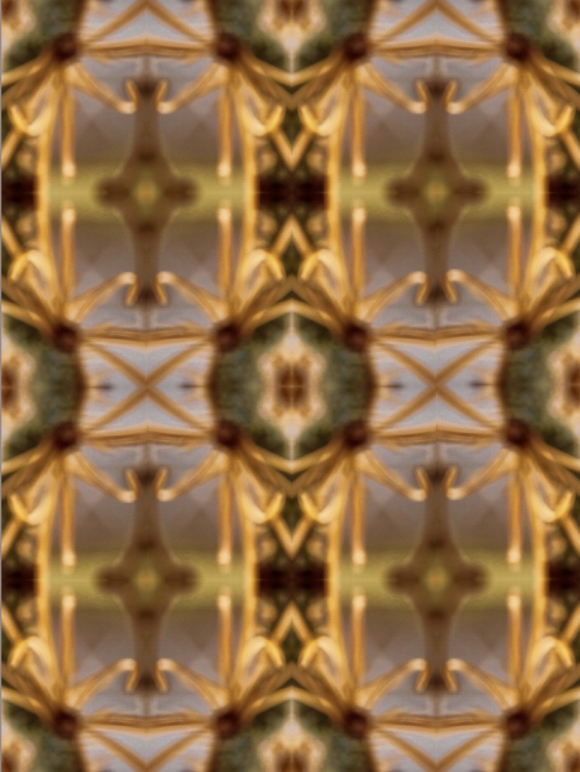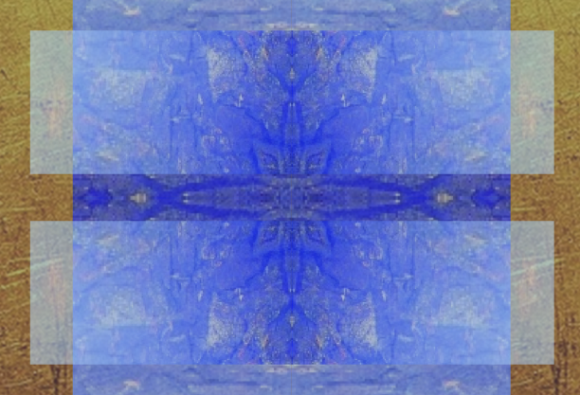The subtitle of Mysterium Coniunctionis (GW XIV/I+II) is “Investigations on the separation and composition of the opposites in the soul in Alchemy” [“Untersuchungen über die Trennung und Zusammensetzung der seelischen Gegensätze in der Alchemie”].
It is well known that Jung felt some special affinity with the mediaeval world in general, and with alchemy in particular. (Which is neither special nor surprising: any sort of romanticism’s obsession with the middle ages is well known.) But for anyone who neither had Jung’s unique set of personal, inspirational experiences (which he relates in his autobiography, Memories, Dreams, Reflections) nor shares his conviction that the mere possibility of interpreting the views of analytical psychology as analogous with alchemistic symbols proves anything, this latter route appears barren. So let’s get alchemy out of the way right from the beginning.
This leaves us with the “opposites in the soul” [seelische Gegensätze]. There are two operations on these opposites: separation [Trennung] and composition [Zusammensetzung]. At the most fundamental level, what happens in the soul is a process of separation and composition of such opposites, according to Jung. Psychology investigates what happens in the soul. And therefore, what we’re talking about is the core layer of psychology.

Whose psychology? Well, people’s psychology, of course.
But does that mean individual people’s psychology, or does it mean the psychological structures that are commonly shared in all people?
Consider an analogy from biology: you can look at an animal, say a certain species of bird, with an interest in classification, and therefore note such features that all individuals in that species have in common. Generally, as far as these features are concerned, all individuals will look the same (each has more or less those same features). But then there are individual differences (usually in properties that have no relevance for the classification), and there are of course individual biographies.
Now the subject area of human psychology is so immensely complex that it has branched out into subfields. Some investigate, for instance, human vision: the processes of visual perception and cognition; others look at the expression of emotion. Neighboring fields include the investigation of social interaction (where psychology interfaces with sociology). And so on. But they all look into general features of human psychology, and that means: they try to come up with results that apply to the entire species, i.e. to all (or most) individuals. Typically, their results are statistical: describing how attributes are distributed in populations, rather than making statements (predictions or explanations) about individuals. Those general results may help somewhat to explain individual psychology (behaviors, say), but there are no such things as psychological laws that determine an individual’s behavior. We can make statistical claims about populations, but no direct predictions about a given individual in that population.
Now if we do need to understand individual psychologies, we must include the individual’s specific properties and that person’s history in our considerations. (Such contexts include therapy and coaching, as contrasted with scientific investigation.) And although empirical studies of populations, and their results, obviously will inform us in such contexts, such studies alone will never suffice to get through to the individual configuration. Individuum est ineffabile.
From this line of thought, an interesting question arises: is there something about an individual person’s life path, the way their biography develops, which also has some general properties (or patterns)?
Folk wisdom claims there is: for example, there is a general view that one’s youthful, energetic years are spent on a path to success in the external world (have a career, marry, raise children), and that around the middle of one’s life a process of reflection and introspection sets in which can cause dramatic change (the so-called “midlife transition”).
Unfortunately, this is a rather vague notion. It would be difficult to study statistically (just consider how complicated it would be to to operationally define the “midlife transition”). Thus we would have to break that notion down and sharpen it. Still it seems, at first glance, a promising route of investigation.
And it is this kind of investigation that interested Jung; he usually refers to it as the “process of individuation”. He saw the difficulties for empirical investigation, of course, but he also saw the need to make a start, and incidentally, he was convinced that he knew where to look: in the sedimented ‘wisdom of the ages’. Unfortunately, he got caught up in that ‘wisdom’ and ended up repeating, on a rather vague level, many of its insights and formulations, without sharpening them. But he did sharpen some, and that is the point of departure we can take. (Unless, of course, we want to make an entirely fresh start, in which case we should, however, put his views aside completely.) So a good strategy will be to leave aside the vague and obscure mediaeval formulations, where Jung quotes them at length but does not go beyond them, and draw on those instances where his investigations in fact do clarify something. (That means dropping all those endless passages of quotations which bloat works such as Symbols of Transformation, Aion, and of course Mysterium Coniunctionis; and this will result in a rather slim slice of usable material. But it will improve focus on the passages of ‘psychological’ explication, such as paradigmatically GW XIV/I, §§183-205.)



